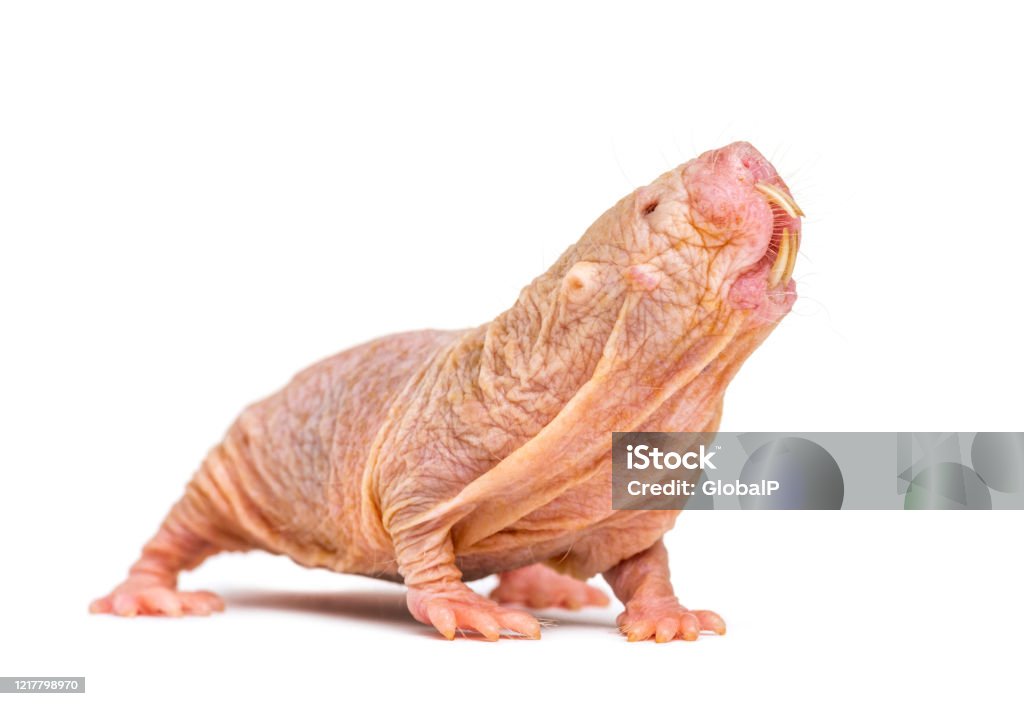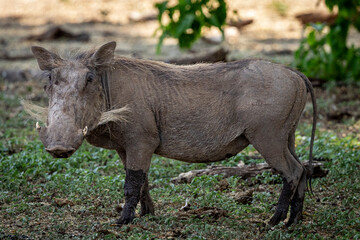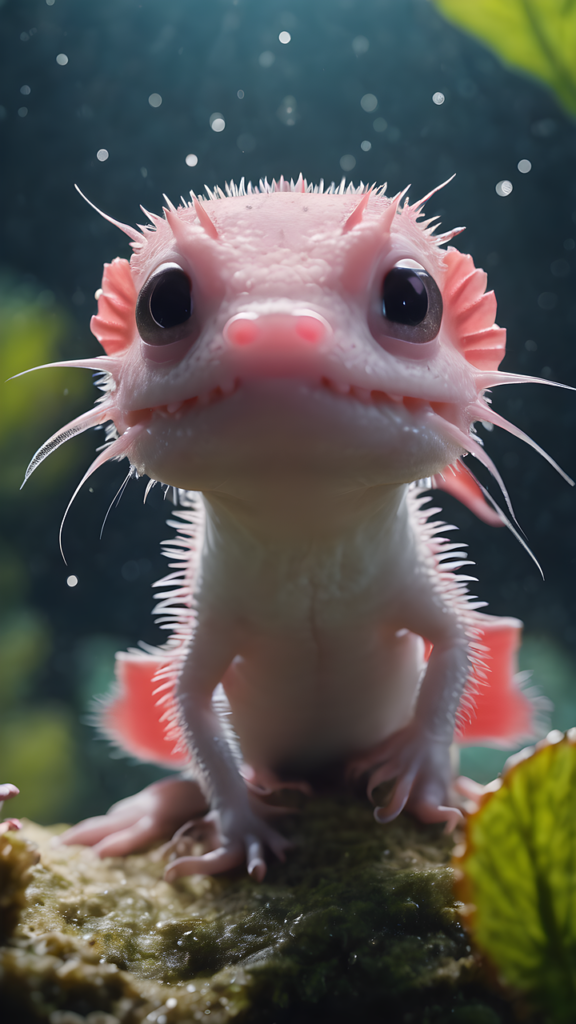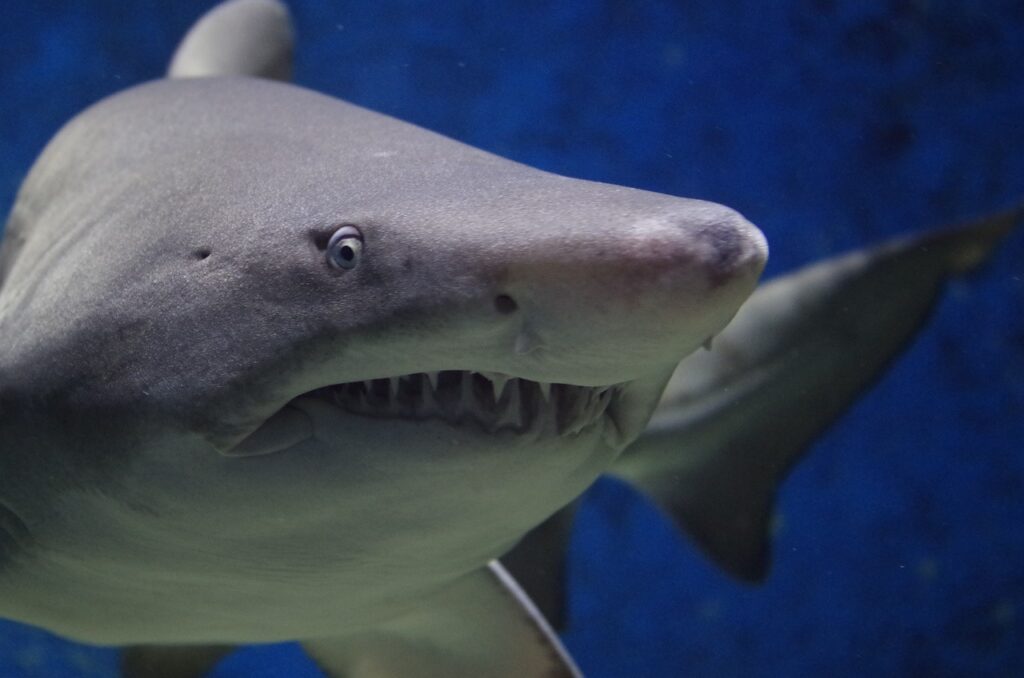In a world captivated by the idea of beauty, we often overlook the charm and unique characteristics of animals that society deems “ugly.” From the spiky-skinned blobfish to the wrinkly, endearing naked mole rat, these creatures may not fit the traditional mold of attractiveness, but they are fascinating in their own right. This article explores the concept of ugliness in the animal kingdom, highlights some of the most intriguing “ugly” animals, and delves into why we should embrace their unconventional beauty.
Table of Contents
1. California Condor

- Appearance:
- North America’s largest flying land bird.
- Bald head, which might seem unusual, but it serves a purpose.
- Adaptation:
- The bald head prevents blood clotting while feeding on large carrion.
- Conservation Status:
- Critically endangered.
- Conservation efforts have gradually increased their population to around 520 individuals worldwide.
2. Blobfish

Blobfish (Psychrolutes marcidus) What does it look like? The blobfish is a deep-sea fish with a squishy, jelly-like body. When brought up from the ocean depths, it appears droopy and sad, with a big head and wide mouth—kind of like it’s always frowning. Its skin is pale & soft, allowing it to float easily underwater.
Where can we find them? Blobfish live at depths between 2,000 to 3,600 feet off Australia and Tasmania’s coasts. Their squishy bodies are just right for the high-pressure deep sea. They mostly munch on small invertebrates & crustaceans that pass by.
What’s special? Blobfish can stay suspended in water without using much energy. Their unique jelly-like body helps them thrive in places where food can be hard to find.
- Appearance:
- Lives deep in the ocean where pressures are extreme.
- Looks like a gelatinous blob of slime.
- Adaptation:
- Its gooey, pudding-like flesh allows it to stay buoyant at depths where gaseous bladders can’t function.
- Fun Fact:
- Voted the world’s ugliest animal by the Ugly Animal Preservation Society.
3. Naked Mole-Rat

The Naked Mole Rat (Heterocephalus glaber)This little creature has no hair! With pink wrinkled skin and big front teeth sticking out, naked mole rats have tiny eyes that are nearly blind, making them look kind of alien. Their bodies are roundish and perfect for digging because they’ve got strong claws.
Where do they live? Naked mole rats make their homes in East Africa‘s dry areas. They dig huge burrow systems underground & are super social! They often live in colonies up to 300 strong led by one breeding queen.
What’s interesting? Naked mole rats act social like bees or ants do! They resist cancer remarkably well & have unique ways of handling low oxygen in their homes. Their social lives make them quite fascinating for scientists to study!
- Appearance:
- Bald rodents that thrive underground in intricate burrow systems.
- Adaptation:
- Nearly hairless bodies are an adaptation to their subterranean lifestyle.
- More closely related to porcupines, chinchillas, and guinea pigs than moles or rats.
4. Proboscis Monkey

- Appearance:
- Native to Borneo.
- Large, pendulous nose that hangs down over its mouth.
- Adaptation:
- Amplifies its calls and regulates body temperature.
- Striking example of sexual dimorphism (males have larger noses than females).
5. Yeti Crab

- Appearance:
- Lives near hydrothermal vents on the ocean floor.
- Sports a coat of long, silky hair-like setae.
- Adaptation:
- These setae host bacteria that the crab feeds on, making it a true “farming” crustacean.
6. Warthog

The Warthog (Phacochoerus africanus)Warthogs are tough animals! They’re stocky with a big head, tough skin, and tusks that curve up. Their skin is gray-brown & often muddy because they love rolling around in dirt!
Where do warthogs roam? You can spot them across sub-Saharan Africa in places like savannas or woodlands! Warthogs are quite social too—they hang out in groups called sounders with females & their little ones.
What’s fun about them? Warthogs enjoy playing & are pretty adaptable creatures. Digging burrows keeps them cool, plus they like wallowing in mud to protect against sunlight & pesky bugs!
animal has its own special place—no matter how it looks!
- Appearance:
- Warty bumps on its face and large tusks.
- Adaptation:
- Tough hide and ability to dig for roots and tubers help it survive in arid African savannas.
7. Axolotl

- Appearance:
- Also known as the Mexican walking fish.
- Neotenic salamander that retains its aquatic larval form throughout life.
- Adaptation:
- Never fully metamorphoses into a terrestrial adult.
8. Goblin Shark

- Appearance:
- Deep-sea dweller with elongated snout and protrusible jaws.
- Adaptation:
- Specialized jaws allow it to snatch prey with surprising speed.
9.The Aye-Aye (Daubentonia madagascariensis

The Aye-Aye (Daubentonia madagascariensis)The aye-aye stands out! It has big round eyes and long fingers especially the middle one which is way longer than the rest. Its dark brown fur isn’t too soft, but those large bat-like ears help it hear really well!
Where can you find them? Aye-ayes live only in Madagascar’s tropical rainforests. They come out at night and love to snack on insect larvae they get out from tree bark using that wild middle finger.
What makes them unique? To find food, aye-ayes tap on trees to see where any hollow spots might be hiding worms or bugs. Some cultures think they’re bad luck due to their looks, which unfortunately adds to their endangered status.
Why are some animals considered ugly?
not! Every animal, regardless of appearance, has an important purpose in its ecology. Ugly animals frequently have distinct adaptations and habits that are critical for preserving ecological balance.
Why are certain animals deemed ugly?
The sense of ugliness in animals is frequently influenced by human beauty standards that stress symmetry, smooth textures, and vibrant colors. However, what humans deem “ugly” may be perfectly matched to the animal’s surroundings, thereby assisting in survival and reproduction.
How ugly animal look?
Above are all the list of ugly animals.
Do unattractive animals have a higher danger of extinction?
Unfortunately, yes. Animals that are not traditionally appealing may receive less attention and funds for conservation initiatives. This absence of support may raise their chances of extinction.
Can ugly animals be kept as pets?
It depends on the species. Some “ugly” creatures, such as certain canine breeds or reptiles, can make excellent pets when properly cared for. However, many unattractive animals are wild and should be recognized and conserved in their native environments.
What are some examples of ugly animals?
Examples include the blobfish, naked mole rat, and aye-aye. While these animals may not win beauty contests, they are intriguing species with distinctive adaptations.